« New iPods Coming From HP | Main | Game Boy Advance SP Price Drop Imminent »
August 30, 2004
Editorial: What Makes a Great Videogame?

As Gear Live braces itself for the onslaught of games approaching us this Fall, we thought it would be a good thing for to reflect on what is it that makes a videogame great? What things do we look for in our reviews, before making a recommendation? What factors are more important than others? Interested to know? Click on the link find out!
September is almost upon us, and it felt like a perfect time to discuss what aspects of a game would make it worth your hard earned dollars? In this article you will find that I have listed these factors in increasing order of importance.
Before reading further, you should know that not every game excels in every category. In fact, many of my favorites fall terribly short in one or two of these. In other words, not every great game will exceed in all categories. But the more of these “bases” you have covered, the better off the game will be! Also, we're focusing mostly on the single player experience for now. There'll be an editorial on multiplayer games in the future.
Now, on to the piece…
SOUND
A good game is one with appropriate sound effects and music…one where the spoken dialogue isn’t grating to the ears. The music fits in with the mood of the game, and helps to create the full experience. It helps if the tunes are memorable, well composed, and catchy. One of the best examples I’ve heard is SSX3. You can hear the difference between snowboarding on ice, versus packed or soft snow. The music is funky, catchy, and makes you want to get in there and groove down the slopes. The overall sound has excellent positional-surround qualities, and I love how the music dims when you catch air, only to explode back into the track as soon you land on the slopes. Most excellent indeed! A game with 5.1 positional capabilities is always a great touch, as evidenced in the recently released creepfest, Doom3.
Examples: SSX3, Doom3
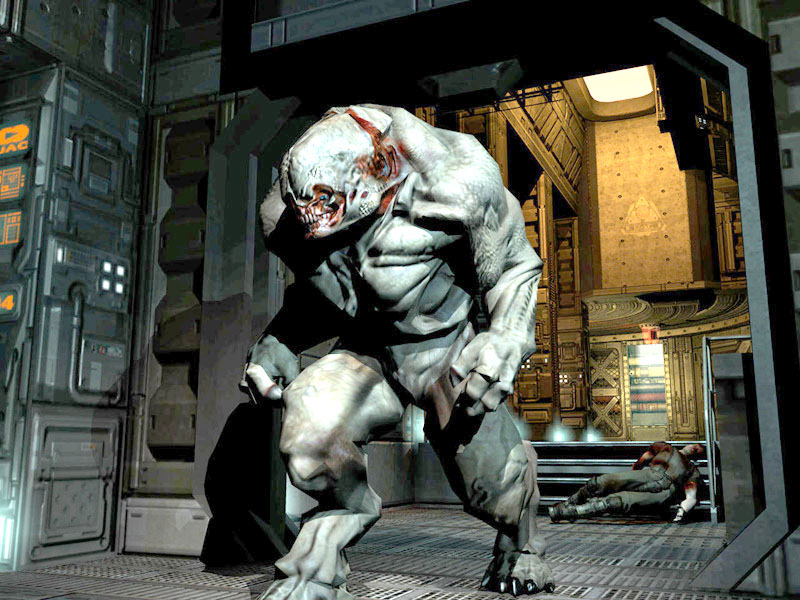
GRAPHICS
A great game is one that can suspend your sense of disbelief. You feel like you are living out what is happening on screen. The visuals make your heart pulse, your fingers grip the game-pad tighter…your eyes are more focused, your lips tighter. This is because you believe in what is happening before you. When you see a great bail animation in a skating game, you wince because it looks painful. With great graphics, you connect to the character on the screen, you feel a sense of actual accomplishment as the game progresses…not like you’ve just moved some geometrical shape from point A to B.
Examples: Splinter Cell Series, Ratchet and Clank: Going Commando, Fable
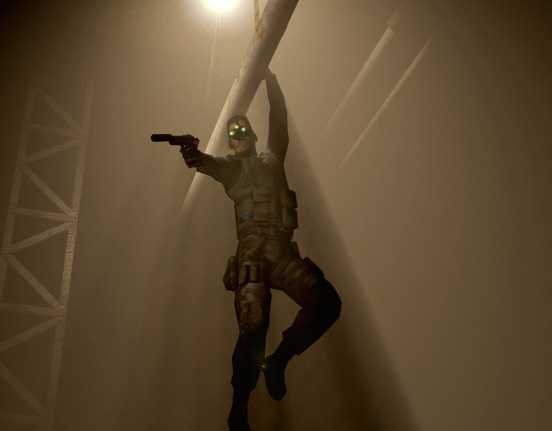
ORIGINALITY
A game publisher should feel really good about the times when they are seen as the originator. Suddenly every subsequent game that comes out is viewed as a copycat of the original. Sometimes originality comes from combining two or more game genres into one, as seen in Jak II, or the GTA series. Sometimes it’s adding one fresh ingredient to an already established formula, like in Namco’s Crisis series, where you can duck behind objects, and now select different kinds of shooting weapons, in an otherwise on-rails shooter. Why would anyone want to buy the same game twice? Give us a new fun experience, and we will love you for it.
Examples: Tetris, Jak II, Time Crisis Series, Rez, Dance-Dance Revolution
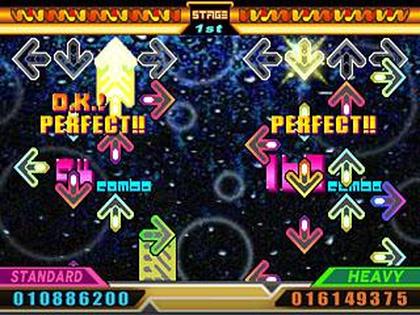
PRESENTATION / STORY
Not every great game necessarily has to have a magnificent story-line. But when there is a story, it is presented to the player in a seamless and well-thought out way. Players need menu systems that are intuitive and free of clutter. They need quick loading times, easy-to-read HUD’s, easy to navigate inventory-control. The more items or abilities in a game, the harder it is to organize them in a way that makes sense. Some game developers will let you customize the button layouts or the menu screens, which helps.
Examples: Final Fantasy X, Ratchet & Clank: Going Commando
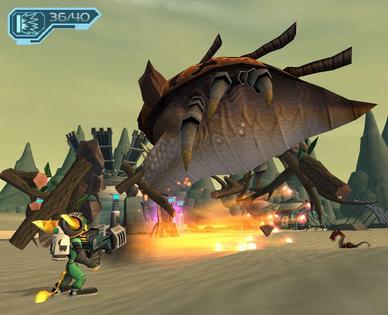
PLAYABILITY
How fun is the game to play? Is it varied enough that you can sit and play it for hours? Does the progression of the story bring out emotion for the player, whether it's elation or sadness? Does your character develop or gain new and exciting abilities over time? Does leaping or kicking, or steering, affect the player at the gut level, making them marvel at the results of their actions? Do the physics feel realistic, or are they perhaps a tad exaggerated for some extra “edge”?
A game with great playability will make you tune out every other distraction in the room. You may catch yourself thinking and planning your next move even when you’re not playing. You can be in the shower the next morning, thinking of a strategy for the next time your hands wrap around that controller. A great game will reward you with a feeling of accomplishment, like you’ve achieved the impossible, and looked ultra-cool while doing so.
Examples: SSX3, Metal Gear Solid Series, Yoshi’s Island, NBA Street Series
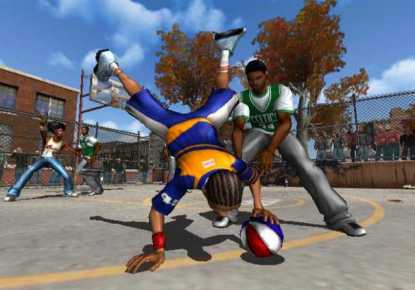
CAMERA
So many games have failed due to poor camera design. I think it’s best to list some of the more frustrating encounters: Not being able to see the enemy that is shooting or aggravating you, because they are off-screen. Not being able to see where your character or vehicle is headed because of some obstruction. Walking into a room, and having the camera stuck behind the wall of the room you just came from. When the camera is not player-controlled in these situations, we are forced to deal with a visual handicap. An even better camera system is intelligent to know for itself how and when to move around.
Bad Examples: Grand Theft Auto - Vice City, SuperMario 64
DIFFICULTY
A game has to strike the delicate balance of being challenging enough to create a sense of accomplishment, but not overly difficult resulting in smashed controllers being thrown to the wall in frustration. Difficulty should be a progressive learning experience, and not jump suddenly from being a cake-walk to an impossibility. I love the games that teach you the basics first, by forcing the player to go through a clever training mode, before launching you into more difficult territory.
Examples: Half-Life, Final Fantasy Tactics, Yoshi’s Island
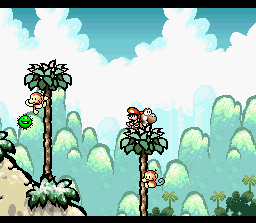
CONTROL
Very closely tied to difficulty is control. The player needs to feel like they have enough control of the character to have 100% responsibility of the outcome. Otherwise a game is labeled cheap, bugged, or otherwise impossible. Control should be intuitive. The character on screen should feel like an extension of your hand, moving as gracefully and as naturally as you would imagine them to be, if not more so, in the case of non-human characters.
Examples: Prince of Persia: Sands of Time, Ratchet & Clank Series, Tony Hawk Series
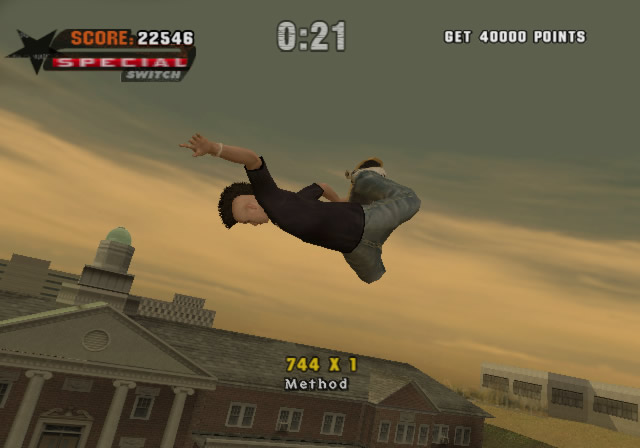
LONGEVITY
This is it, folks…the number one, most important factor in making a game great.
A game needs to last...plain and simple. I’ve had the unfortunate experience of purchasing a game, only to have it beat within the first week, with no real incentive to replay it. There were no secret rooms to find, no special modes, no re-positioning of the challenges, nothing.
A great game is one that calls you back for more. It has endless depth, guaranteeing that with each sitting you will discover something new. One example could be a game that has so many varied tasks to it, that you can pour 50 hours into it and still not find everything.
The best fighting games traditionally have had substantial depth, not only because of the varied characters you can select, but also because the experience is so unpredictable when you have a human opponent. Everybody plays differently, so every challenge will be different each time you play against someone.
Examples: Soul Calibur 2, Virtua Fighter 4: Evolution, Grand Theft Auto: Vice City
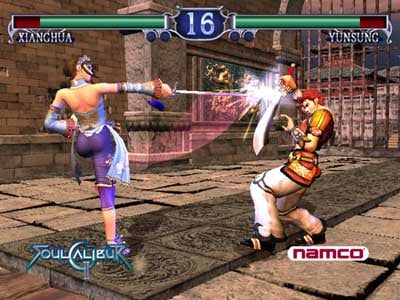
So that's what Gear Live will be looking for when it comes to great games. Hope you’ve found this article enlightening and enjoyable. Feel free to add your own comments below! We love hearing from our readers.
Posted by Hector at August 30, 2004 05:07 PM
RECENT GEAR LIVE STORIES:SCOTTeVEST Solar Finetex Jacket Review
Pod Shield Contest Results
iRiver H10 Surfaces
Nokia to Introduce Hologram Labels for Cell Phone Batteries
Sprint and Nextel Announce $36B Merger
Trackback Pings
TrackBack URL for this entry:
http://WWW.WRISTDREAMS.COM/mt/mt-tb.cgi/251
Comments
Great article Hector. No one ever uses these comments. hrm...
Posted by: rgriffy at August 30, 2004 07:35 PM
Nice Article!
One question though. Where does the player experience (single player vs. multi-player) fall in?
Posted by: Regnard Kreisler Raquedan at September 2, 2004 05:44 PM
